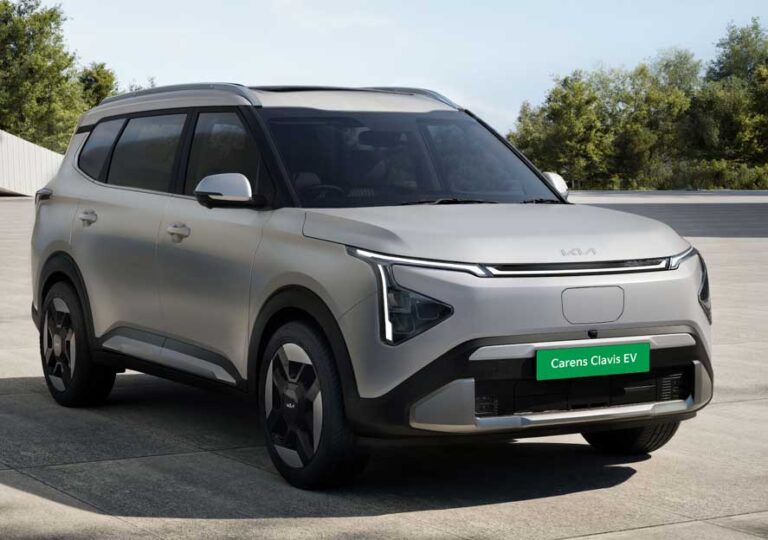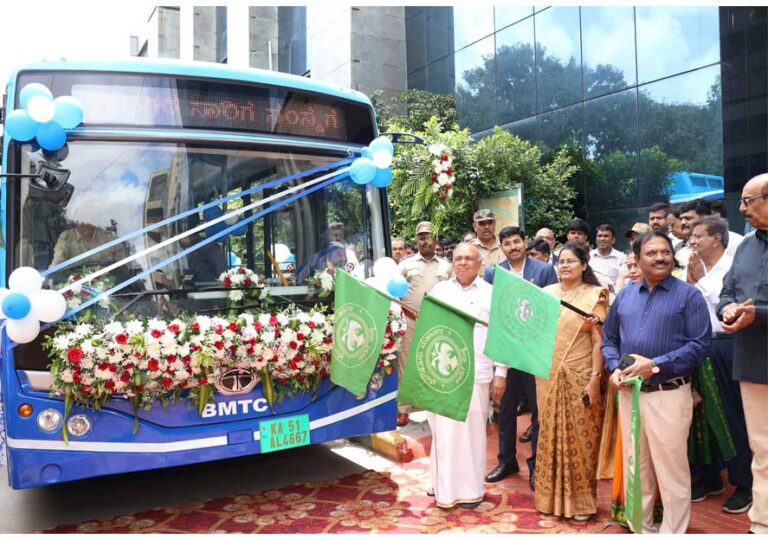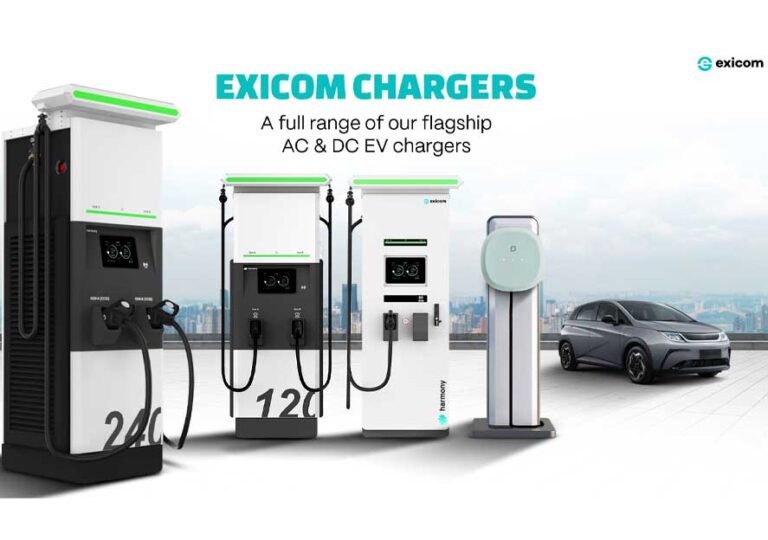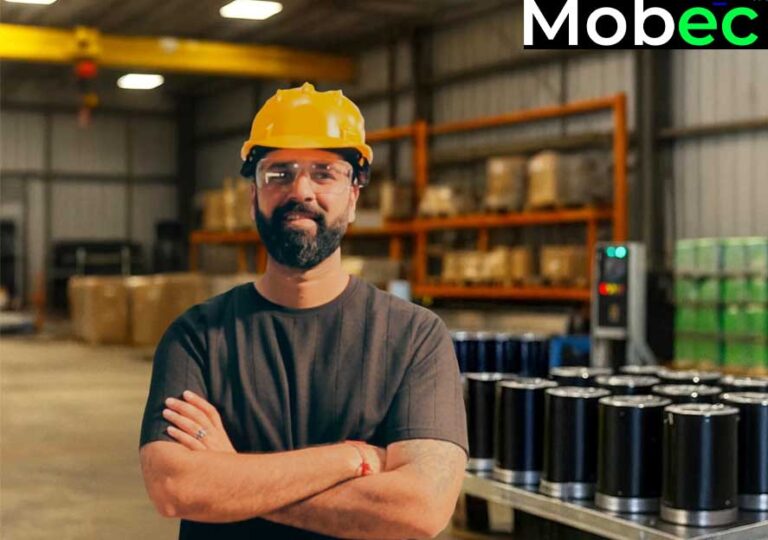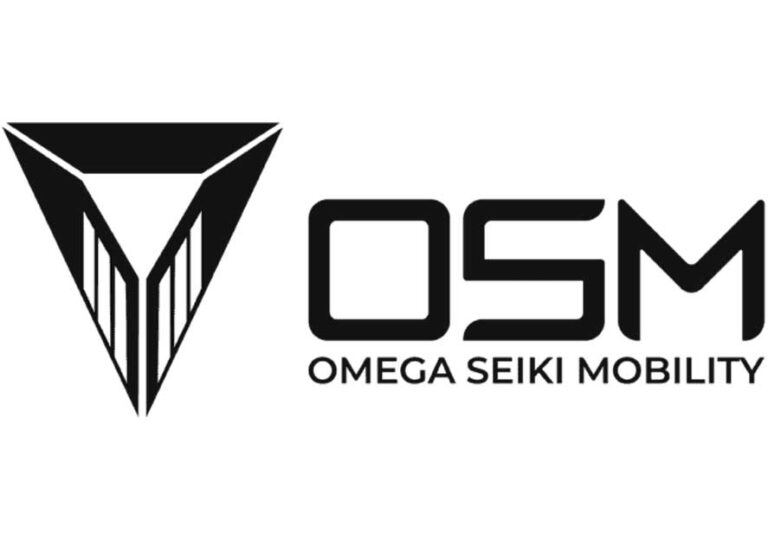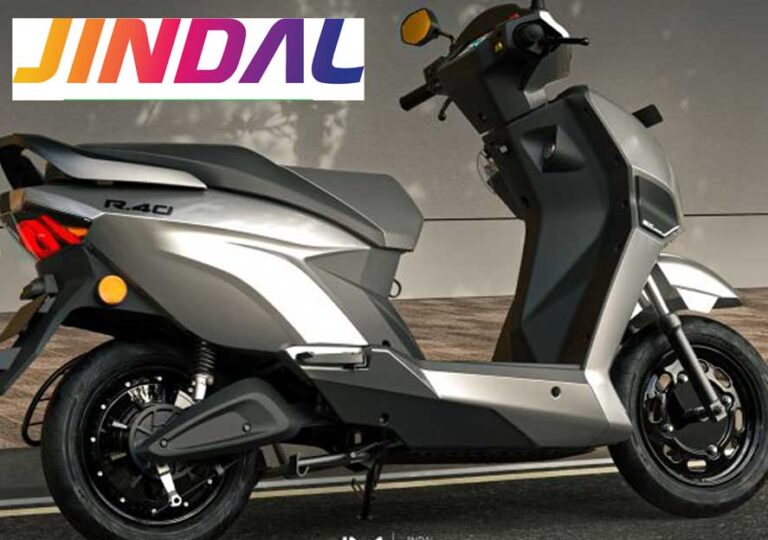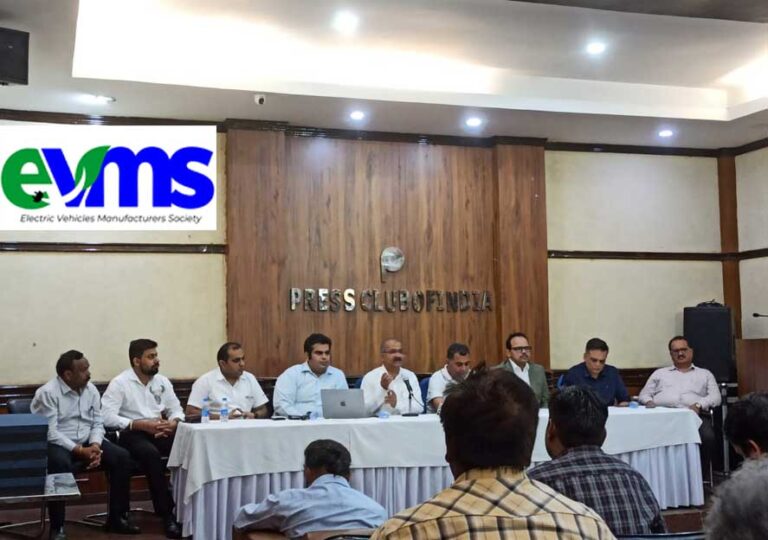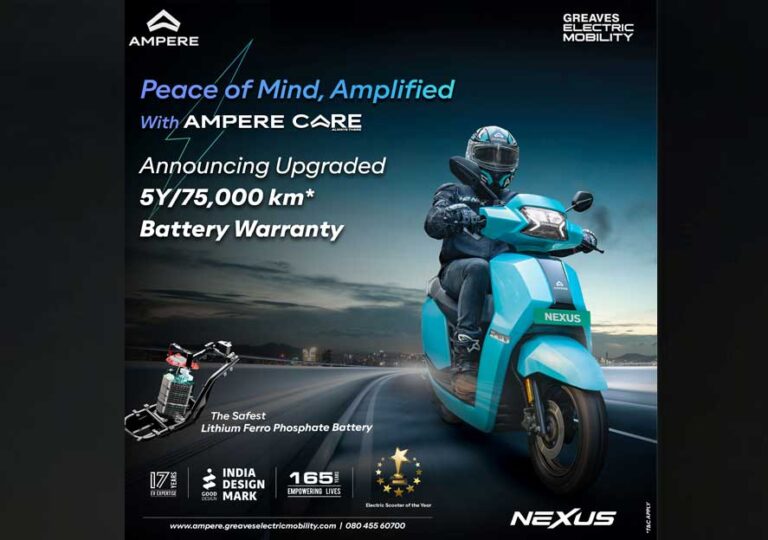Kia India, a major masses-pramium automaker, has launched its first med-in-India electric vehicle-Case Clavis EV-₹ 17.99 lakhs. To meet the needs of today’s EV buyers, Carns Clavis combines EV strength, smart features and practicality of everyday, without renouncing strength. Whether it is a long road trip, a weekend migration, or daily inter-city journey, Clavis EV is designed to handle it easily. With an inclusive design and strong performance, it reflects the vision of making Kia’s electric mobility accessible, greenery and accessible to all.
Commenting on the announcement, Kia India Managing Director and CEO, Mr. Guanggu Lee said, “We are committed to lead the future of power dynamics through deep understanding of innovation, stability and developing consumer needs. For years, we have created a strong global EV portfolio and represent that expertise for India. Such characteristics that simplify the drills, and our non -visualizations, which are easy to do. That the movement stands for flexibility and solidarity.
Kia Carrence Clavis EV has been engineered for Indian conditions, a combination of perfect global technology with local recognition. Powered by an responsible and efficient electric powertrain, the city offers smooth performance for both drives and long -range travels. Customers can choose between two battery options- 42 kWh with ARAI-certified range of 404 km and can offer up to 51.4kwh 490 km range (MIDC). These are combined with a motor output of 99kw or 126kw, which distributes torque of 255Nm, which enables sharp acceleration even when fully loaded.
Manufactured for high efficiency, Clavis EVs claims 95% motor efficiency and can be faster than 0–100 km/h in just 8.4 seconds with large batteries. Fast charging support allows 10% to 80% top-up in just 39 minutes using 100kw DC charger. Practical features such as vehicle-to-load (V2L) capacity allow users to provide electricity to equipment both inside and outside the car.
Durability and safety are important highlights, with IP67-certified battery pack dust and waterproofing. The battery undergoes rigorous trials including water-waters, drop and extreme vibration tests. A liquid-cooled thermal management system also ensures optimal battery performance even in high Indian temperature, while an active air flap improves aerodynamics and controls the battery temperature.
Carens Clavis EV has a huge, premium cabin, conclusion comfort, technology and convenience for Indian families. The interior has a 67.62 cm (26.62 “) dual panoramic display panel that originally integrates the information and driver’s information. Practicality increases with facilities such as a one-tach electric tumble for other-intensive seats, boss modes for additional leggrooms and a smart infotainment-control switch.
The cabin is equipped with a Bose 8-Spiker Premium Sound System, 64-Caller Ambient Lighting, and a floating center console with a retreatable cup holders and open storage. Comfort-centered features include ventilated front seats, a operated driver’s seat, dual-pain panoramic sunroof, a smart pure air purifier with AQI display, and shift-by-wire column-type gear selector, which makes every trip refined and pleasant.
Carens Clavis Ev increases everyday driving with wise regenerative braking using paddle shifters. Drivers can choose from four levels of regeneration, allowing customized energy recovery and recession. At the highest level-level-level 4 or I-Pedal mode-vehicle enables the correct one-paidl driving, which is ideal to prevent urban traffic, improve efficiency and reduce brake usage.
Additionally, the auto mode automatically adjusts the level of regeneration depending on real -time conditions, ensuring optimal energy recovery and a smooth driving experience. These characteristics make daily traffic more efficient, convenient and comfortable.
Carens Clavis Ev displays a bold, futuristic design contained in the philosophy of Kia, which combines striking aesthetics with practical features. Major highlights include Kia Digital Tiger Face, Star Map LED DRL integrated turn signal, ice cube LED headlamps and star map connected tail lamps. It also plays 17 “crystal-cut dual-tone aero alloy wheels and provides 200 mm ground clearance for a confident stance. Front charging ports with LED indicators such as practical addition, 25-liter front trunk (front trunk), LED High Mount Stop Lump, LED High Mount Stop Lamp, LED High Mount Stop Lamp, LED High Mount Stop Lamp, LED High Mount Stop Lump, New Mat Iry Siller Color, and a virtue of a virtue of a virtue. (Vess) Pedestrian Safety ENR A Virtual Engine Sound System (Vess) for appeal.
Careers Clavis EV redefined safety again by combining global best practices with features designed for Indian roads and customers needs. It provides Adas Level 2 with more than 20 autonomous features that work in harmony to protect passengers and increase every journey.

